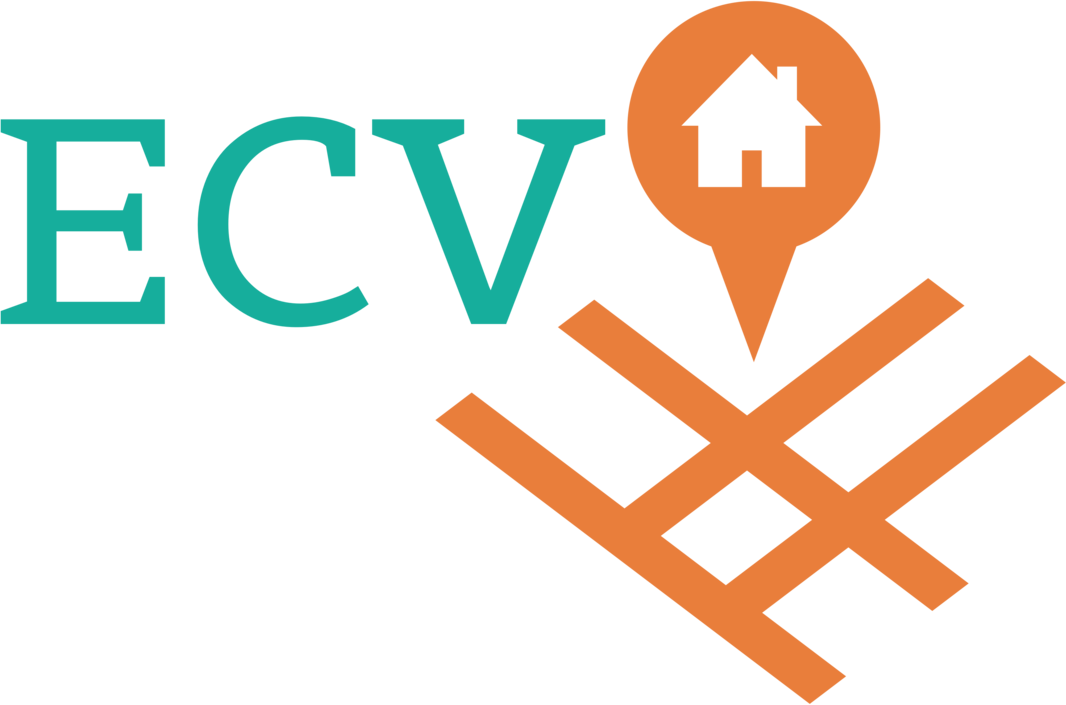Caregiver Training is an Investment into Quality Care
Caregiver training is an essential component of providing high-quality care in assisted living facilities. Not only does it benefit caregivers themselves, but it also ensures that residents receive the best possible care and support.
One major benefit of caregiver training is the improved care that caregivers are able to provide. When caregivers are knowledgeable about the specific needs of the residents they serve, they are better equipped to meet those needs effectively. This can include everything from administering medications to providing emotional support and companionship. Caregiver training can also cover important topics such as how to provide personal care, such as bathing and dressing, and how to assist with mobility and transportation.
In addition to improving care, caregiver training can also increase safety for both caregivers and residents. Caregivers may be trained in emergency protocols, such as how to handle fires or medical emergencies, or how to use specialized equipment, such as lift chairs or oxygen tanks. This can help to prevent accidents and injuries, and ensure that caregivers are able to respond quickly and effectively in the event of an emergency.
Another benefit of caregiver training is the increased job satisfaction that it can provide. Caregiving can be a rewarding but demanding job, and caregivers who feel confident and competent in their roles are more likely to experience job satisfaction. Training can help caregivers feel more prepared and equipped to handle the challenges of the job, which can lead to lower turnover rates. This is beneficial for both caregivers and residents, as it helps to create a more stable and consistent care environment.
Effective communication is also an important aspect of caregiver training. Caregivers who are able to communicate effectively with residents can create a more positive and supportive environment. This is particularly important when working with residents who may have cognitive impairments or communication challenges. Caregiver training can cover topics such as how to use nonverbal cues, how to listen actively, and how to adapt communication strategies to the needs of individual residents.
Another important aspect of caregiver training is understanding the unique needs of the elderly population. This can include topics such as how to recognize and manage common age-related conditions, such as dementia or arthritis, and how to support the social and emotional well-being of residents. Caregivers who are knowledgeable about the aging process can provide more personalized and compassionate care.
In conclusion, caregiver training is a crucial investment for assisted living facilities. It helps to ensure that caregivers are able to provide the highest level of care to residents, while also benefiting from increased job satisfaction and safety. This in turn can lead to a better overall experience for residents and their families. Caregiver training can also help to create a more positive and supportive care environment, where residents feel understood and valued. By prioritizing caregiver training, assisted living facilities can guarantee quality care for all of their residents.


